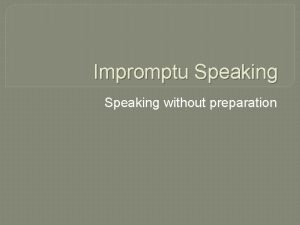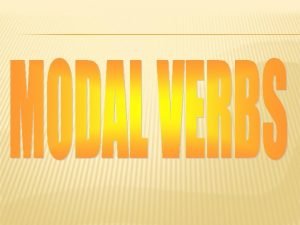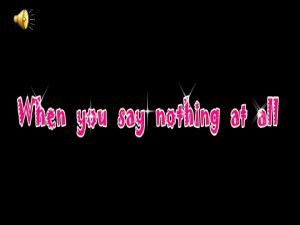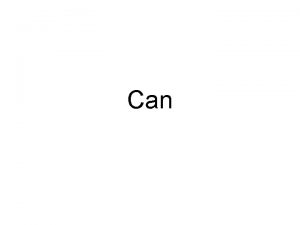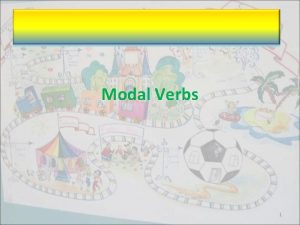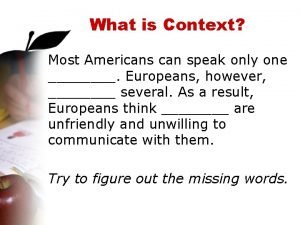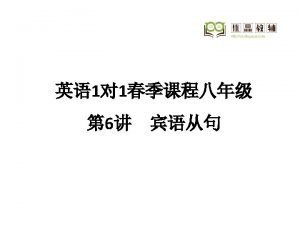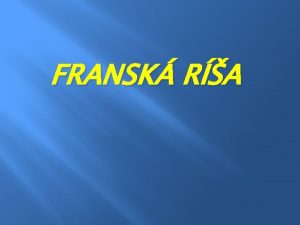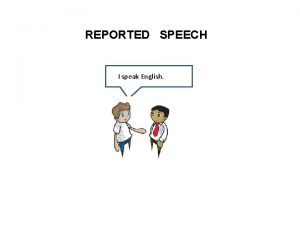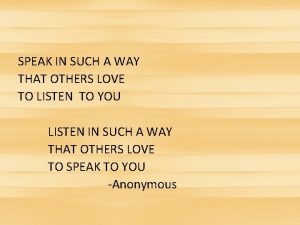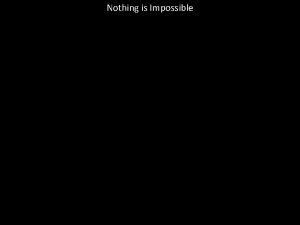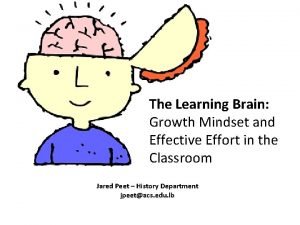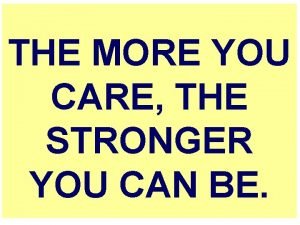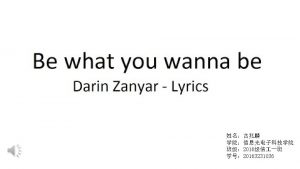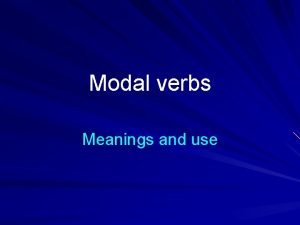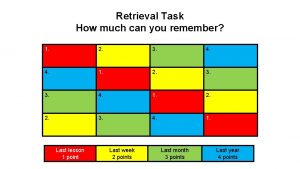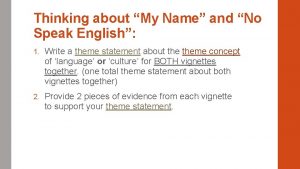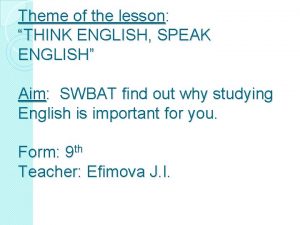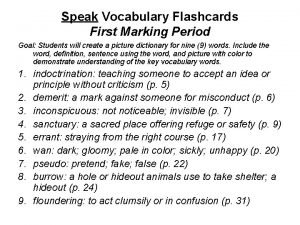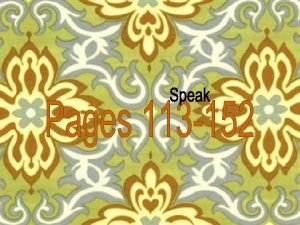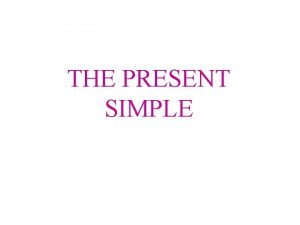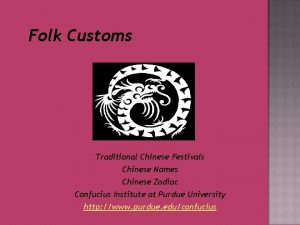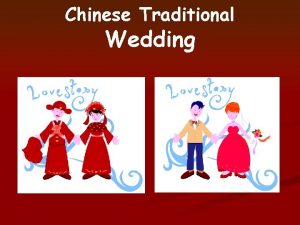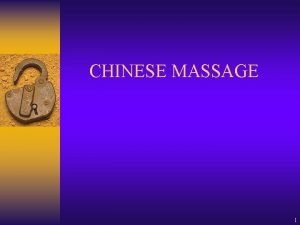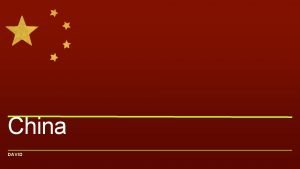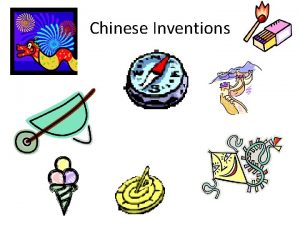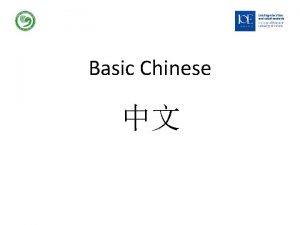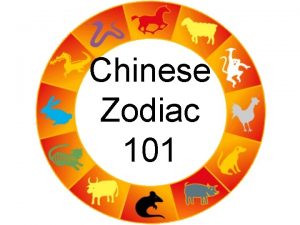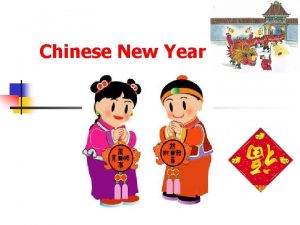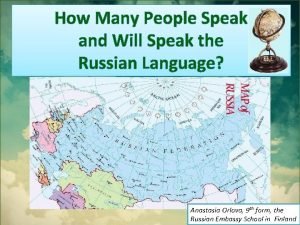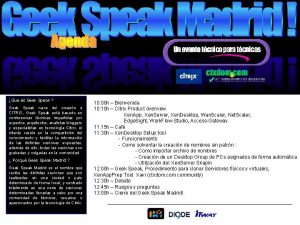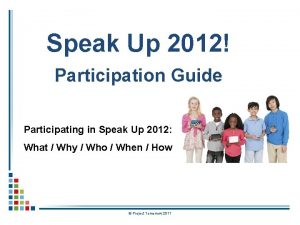Q A Can you speak Chinese Q Can
















































- Slides: 48



Q & A: 你會說(会说)中文嗎(吗)? (Can you speak Chinese? ) Q: 你會說中文嗎? (Can you speak Chinese? ) A: 我會說中文。我會說一點兒中文。 (I can speak Chinese. I can speak a little Chinese. ) l Q: 你會說西班牙文嗎? (Can you speak Spanish? ) A: 我會說西班牙文。我會說一點兒西班牙文。 (I can speak Spanish. I can speak a little Spanish. ) l Q: 你會說日文嗎? (Can you speak Japanese? ) A: 我會說日文。我會說一點兒日文。 (I can speak Japanese. I can speak a little Japanese. ) l Q: 你會說德文嗎? (Can you speak German? ) A: 我會說德文。我會說一點兒德文。 (I can speak German. I can speak a little German. l


Q & A: 你會說(会说)中文嗎(吗)? (Can you speak Chinese? ) l Q: 你會說中文嗎? (Can you speak Chinese? ) A: 我會說一點兒中文。我也會說英文和法文。 (I can speak a little Chinese. I can speak English and French as well. ) l Q: 你會說英文嗎? (Can you speak English? ) A: 我會說一點兒英文。我也會說中文和法文。 (I can speak a little English. I can speak Chinese and French as well. ) l Q: 你會說法文嗎? (Can you speak French? ) A: 我會說一點兒法文。我也會說中文和德文。 (I can speak a little French. I can speak Chinese and German as well. ) l Q: 你會說西班牙文嗎? (Can you speak Spanish? ) A: 我會說一點兒西班牙文。我也會說日文和法文。 (I can speak a little Spanish. I can speak Japanese and French as well. )

國(国)家(guó jiā) 語(语)言(yǔ yán) Country (person) l měiguó(rén) Language yīngwén l jiānádà(rén) yīngwén l zhōngguó(rén) zhōngwén l rìběn(rén) rìwén l hánguó(rén) hánwén l yìndù(rén) yìndùwén Spoken Language yīngwén zhōngguóhuà rìběnhuà hánguóhuà yìndùhuà

Example: l小美是中國人,她的中文 名字是吳小美。她會說英文, 也會說一點兒法文。她的英 文名字是Mary。她也是我 的好同學。 l Xiaomei is Chinese, her Chinese name is Wuxiaomei. She can speak English and she speaks a little French as well. Her English name is Mary. She is my good classmate.





Choose an expression from each column to create a question. l法國(国) 學(学)生 難(难 ) l 程 書(书) 好 l中文 老師(师) 貴 (贵) l美國(国) 功課 多

Questions about Chinese Zodiac Calendar. January 9, 2012 (Ans in 35) What is the basis of the Chinese Zodiac? 2. Give the order of the 12 animals. 3. What are the 5 elements and what planets are they associated with? 4. Chinese believes what elements help establish a person’s inner and outer self? 1.

Answers to the questions of slide 34 1. The basis of the Chinese Zodiac is the 12 animals represent the rotating 12 -year cycle. 2. Rat, ox, tiger, rabbit, dragon, snake, horse, ram, monkey rooster, dog, and pig. 3. The 5 elements are: metal, wood, water, fire, and Earth. They are associated with Venus, Jupiter, Mercury, Mars, and Saturn. 4. The various combinations of animals, yin and yang, birth date and time and the elements that help establish a person’s inner and outer self.

Qs about Chinese Zodiac History. January 10, 2012 (Ans in 37) 1. 2. 3. 4. 5. Which animal appears first on the Chinese Zodiac calendar? Explain how did this animal get in the first place. What are the ranking of tiger, rabbit, dragon, horse, and snake? How did they get their ranking? What are the ranking of rooster, sheep, and monkey? How did they get their ranking? Briefly state the other version of the Chinese Zodiac legend regarding a grand feast hosted by Buddha.

Answers to the questions of slide 36 1. The rat appears first on the Chinese Zodiac calendar. 2. The rat hitched a ride on the buffalo. Just before the buffalo reached the shore, it jumped off the buffalo’s back and crossed the finish line before the buffalo. 3. The tiger came in third, the rabbit came in 4 th, the dragon came in 5 th, the snake came in 6 th, and the horse came in 7 th. The tiger was strong who came in third. The rabbit jumped his way across and was helped during the last stretch by the dragon. The snake hid in the hoof of the horse and jumped out and scared the horse into 7 th place. 4. The sheep came in 8 th, the monkey came in 9 th, the rooster came in 10 th. The three animals helped one another across and earned their spots on the calendar.



Try it: practice using 都,都+不, 也+都 (P 78) 1. 我和我同學(学)都是美國(国)人。 My classmates and I are all Americans. 2. 我們(们)都不是中國(国)人。 None of us is Chinese. 3. 我們(们)不都是學(学)生。 Not all of us are students. 4. 我們(们)也都學(学)法文。 We are also learning French. 5. 我們(们)都有室友。We all have roommates.

Lesson 5, 5 -1 in P 80 1. Shìyǒu 3. jièshào 5. dōushì 2. liǎngge 4. zhè shì 6. péngyou

Lesson 5, 5 -2 in P 80 1. jièshào 3. Chánglái 5. zhèxiē 7. qiúzhēn 2. péngyou 4. xuéwèn 6. yǔfǎ 8. liǎngjié



























 If you think you can you can poem
If you think you can you can poem Speaking without preparation
Speaking without preparation Anglo chinese school
Anglo chinese school I can could speak english but i can't write it very well
I can could speak english but i can't write it very well It is amazing how you can speak
It is amazing how you can speak Speak english
Speak english If you can imagine it you can achieve it
If you can imagine it you can achieve it If you can’t measure it, you can’t manage it
If you can’t measure it, you can’t manage it If you can't measure it you can't manage it
If you can't measure it you can't manage it You can t manage what you don t measure
You can t manage what you don t measure You can't manage what you can't measure bedeutung
You can't manage what you can't measure bedeutung Carol can speak three foreign languages
Carol can speak three foreign languages Most americans can speak only one
Most americans can speak only one He can speak
He can speak Merovejovci
Merovejovci “i speak english” he said that he ……english
“i speak english” he said that he ……english How to speak ubbi dubbi language
How to speak ubbi dubbi language Contoh persepsi bersifat kontekstual
Contoh persepsi bersifat kontekstual Iambic pentameter othello
Iambic pentameter othello Othello poetry vs prose
Othello poetry vs prose He never polishes his shoes so he never looks smart
He never polishes his shoes so he never looks smart Language
Language Tragic character
Tragic character Then must you speak
Then must you speak Then must you speak of one that loved
Then must you speak of one that loved You can tell harris about it just ____(easily) as i can
You can tell harris about it just ____(easily) as i can You can tell harris about it just ____(easily) as i can
You can tell harris about it just ____(easily) as i can Comparative and superlative for less
Comparative and superlative for less Through you blind eyes are open
Through you blind eyes are open Write a short article about kimi raikkonen
Write a short article about kimi raikkonen So you think you can argue
So you think you can argue Jared peet
Jared peet The more you care the stronger you can be
The more you care the stronger you can be So you think you can argue
So you think you can argue Go straight ahead and take the second left
Go straight ahead and take the second left You can be just the one you wanna be
You can be just the one you wanna be I can hear you quite well. you not shout
I can hear you quite well. you not shout So you think you can argue
So you think you can argue Check if you can remember what tim tells you
Check if you can remember what tim tells you You say you love the rain
You say you love the rain You are what you eat do you agree or disagree
You are what you eat do you agree or disagree Tell me what you eat and i shall tell you what you are
Tell me what you eat and i shall tell you what you are I will follow you follow you wherever you may go
I will follow you follow you wherever you may go Do they speak french in romania
Do they speak french in romania Tree symbolism in speak
Tree symbolism in speak No speak english
No speak english English speak lesson
English speak lesson Speak vocabulary
Speak vocabulary Melinda's tree
Melinda's tree

